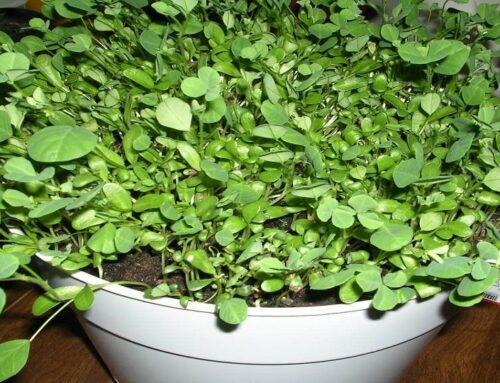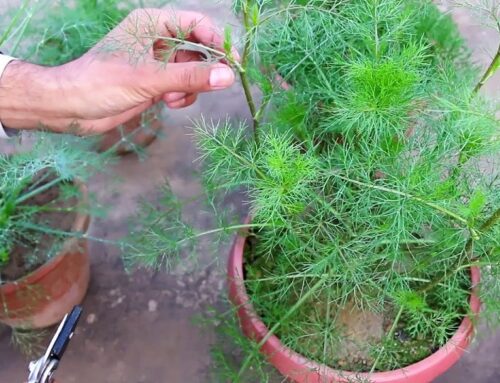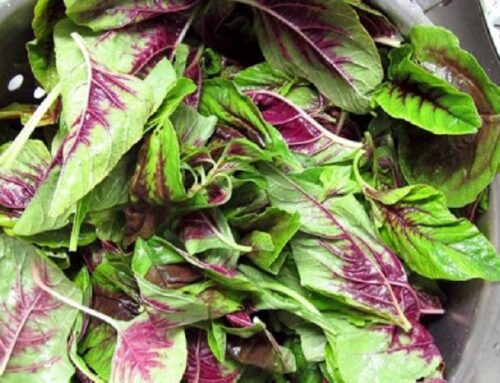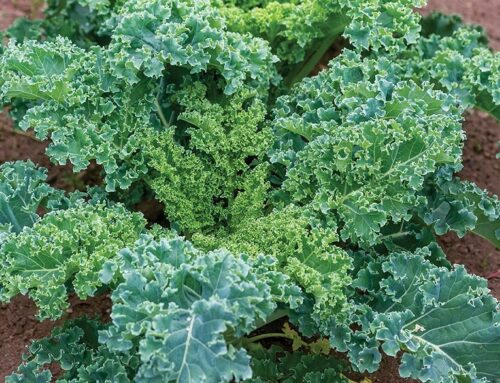Both peppermint leaves and peppermint oil have several culinary, medicinal and commercial uses. Both fresh and dried peppermint leaves are used in culinary preparations. Peppermint oil is very high in menthol content. Menthol has high demand in food, medicinal and confectionary preparations. A description of various uses of peppermint is given below:
Culinary and Food Uses
- Both fresh and dried leaves of peppermint is used as a garnishing agent in several food preparations such as fried rice, salads, sauces, jellies, syrups, candies, soups and meat preparations.
- Fresh peppermint leaves are used for preparing special mint chutneys which aid in digestion after heavy spicy meals
- Fresh peppermint leaves are used as a mouth freshener as they have a sweet aroma with a cool aftertaste
- Fresh peppermint leaves are used in certain alcoholic drinks and cocktails
- Menthol, major ingredient in peppermint oil is extensively used as flavouring agent in certain beverages, mouth fresheners, toothpastes, ice creams and candies
- Mint tea has lots of medicinal benefits. Fresh peppermint leaves are used to prepare mint tea which is used to treat stomach ache; mint tea is also a diuretic (promotes urine flow)
- Peppermint oil is the most popular flavour of mint-flavoured confectionery items
Medicinal Uses of Peppermint Oil: Peppermint oil is used as nervines, a medicinal preparation which works on the nervous system as a tranquilizer. Peppermint oil is also an analgesic, which alleviates pain. Peppermint oil is antispasmodic (which stops muscle spasms) as well as carminative (which soothes the digestive system). It is also used as a laxative which clears congestion in the bowels. Peppermint oil is rubefacient, which improves skin blood circulation and an anti-depressant which heals fatigue, stress, anxiety and depression. Menthol, major active ingredient in peppermint oil is used for the preparation of many medicinal drugs. Mint oil is extensively used in aromatherapy also.
Commercial Uses of Peppermint Oil: Peppermint oil is used in a wide range of commercial applications such as for the production of cosmetics, toiletries, perfumes, bakery and confectionery products, pharmaceuticals and medicines. Peppermint oil is extensively used in aromatherapy applications. Menthol of peppermint oil is an ingredient of many cosmetic products such as shampoos, soaps, skin care products, and perfumes. Products containing menthol are used as room fresheners also. Peppermint oil has a high concentration of pulegone and menthone which can be used as natural pesticides.
Nutritive Value of Fresh Peppermint Leaves: Fresh peppermint leaves are rich sources of vitamins and minerals, particularly iron, calcium, potassium, folate and other B-vitamins, Vitamin A and Vitamin C. According to USDA, peppermint leaves are a rich source of dietary fiber also. As per USDA nutrient databases, the nutritive value of 100 gram edible portion of fresh peppermint leaves is as follows: Water-78.65 g, Energy-70 kcal, Protein-3.75 g, Total lipid (fat)-0.94 g, Carbohydrate-14.89 g, Fiber-8 g, Calcium-243 mg, Iron-5.08 mg, Magnesium-80 mg, Phosphorus-73 mg, Potassium-569 mg, Sodium-31 mg, Zinc-1.11 mg, Vitamin C-31.8 mg, Thiamin-0.082 mg, Riboflavin-0.266 mg, Niacin-1.706 mg, Vitamin B-6-0.129 mg, Folate-114 Aug, Vitamin A-4248 IU, Fatty acids, total saturated-0.246 g, Fatty acids, total monounsaturated-0.033 g and Fatty acids, total polyunsaturated-0.508 g.
We regularly publish informative videos on various “Food, Agriculture, Gardening and Horticulture” topics. You may view these videos here…
You may also check out our Digital Publishing Services for Food, Agriculture, Gardening and Horticulture Sector by visiting this link







Leave A Comment
You must be logged in to post a comment.